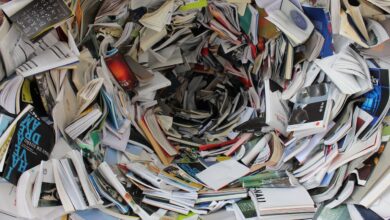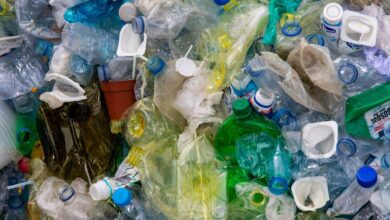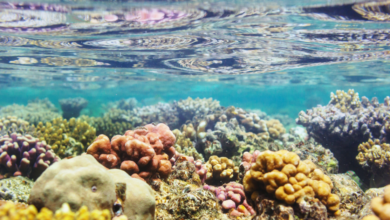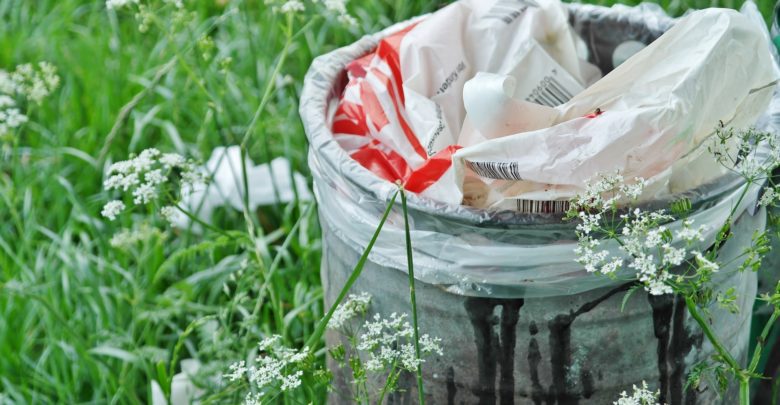
Plastic pollution was a major issue for our oceans for years before most people realized it. Lately, though, awareness of plastic pollution has increased almost to the point of a “war on plastic.” I’m ecstatic that we’ve finally acknowledged this serious threat to our health and environment. The key now is not to swing to the other side of the pendulum.
Plastic has a huge range of beneficial uses. It allows us to store food longer, reducing waste**. In health care, it provides for the safe and sterile distribution of everything from medicine to blood and plasma. Until we’ve found a safe environmental-friendly replacement for these and other essential uses, I don’t want to see plastic disappear from our lives.
But because plastic is so cheap and so abundant, we have used it to replace some perfectly good working solutions. We reinvented theft-deterrent packaging as massive plastic bubbles to hold for example one little flash drive replaced natural exfoliants in cosmetics and toothpaste with plastic microbeads (which fortunately have been banned in several countries), and manufactured tons of single-use plastic straws, eating utensils, and shopping bags. Plastic has become an inescapable part of modern life—in more ways than one. Here are six things you might not know about plastic pollution.
6 Plastic Pollution Facts
1) We’re throwing away most of our plastics
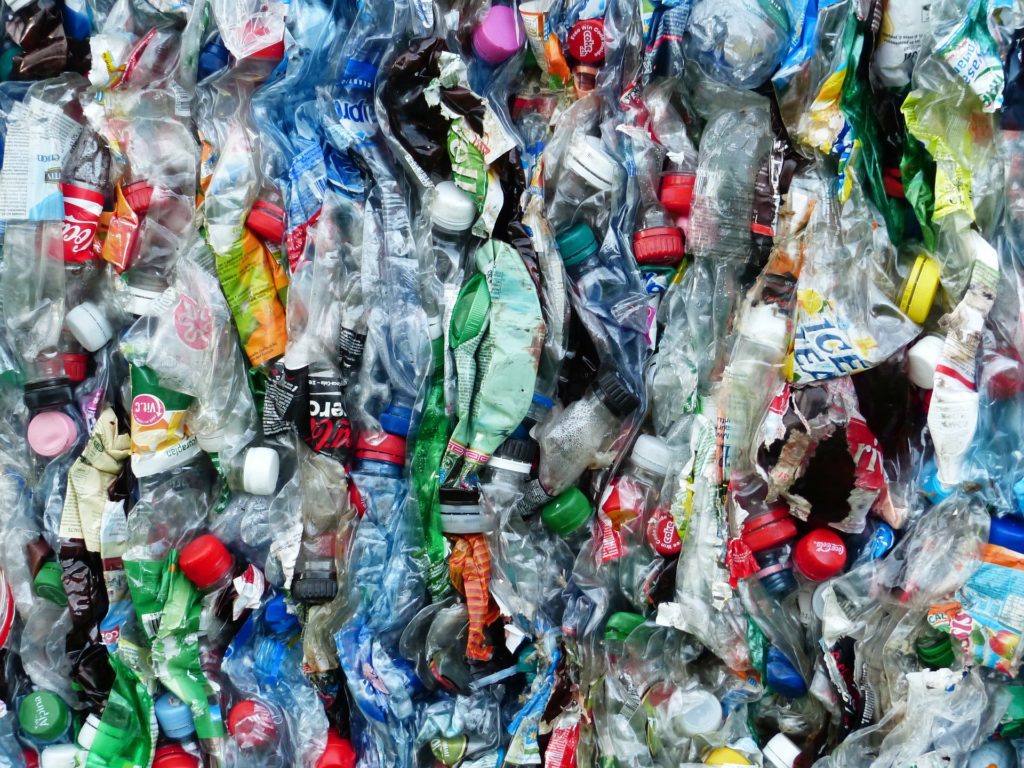
We produce 300 million tons of plastic every year, but less than 10% gets recycled. And most of what does get recycled is only recycled once. Right now, plastic recycling is just a brief stop on the road to the landfill. And sadly, much of it doesn’t even end up in the landfills. Instead, it washes into our waterways and oceans through littering, accidents, or improper handling.
2) Plastic pollution is a lot like smog
Microplastics are virtually everywhere in our oceans, even when we can’t see them. Plastic pollution in our oceans is mostly in pellets, not chunks, as micro fragments floating in the water column or sifting down to the sea bed. Biodegradable plastics sound like a great idea, but studies have shown that they usually just break down into micro fragments faster, rather than truly decomposing.
3) Bioplastics only compost in commercial piles
Most people don’t realize that composting requires specific conditions like temperature, moisture levels, compost materials, and oxygen levels that aren’t found in our landfills. “Landfills are time capsules, not compost piles,” as Dr. Marcus Eriksen told the Rising Tide Summit in April. If you want bioplastics to be composted, they have to go to a special municipal compost pile with your green waste service. If your city or county doesn’t offer this, look for a private compost service in your area.
4) Plastic straws are very hard to recycle
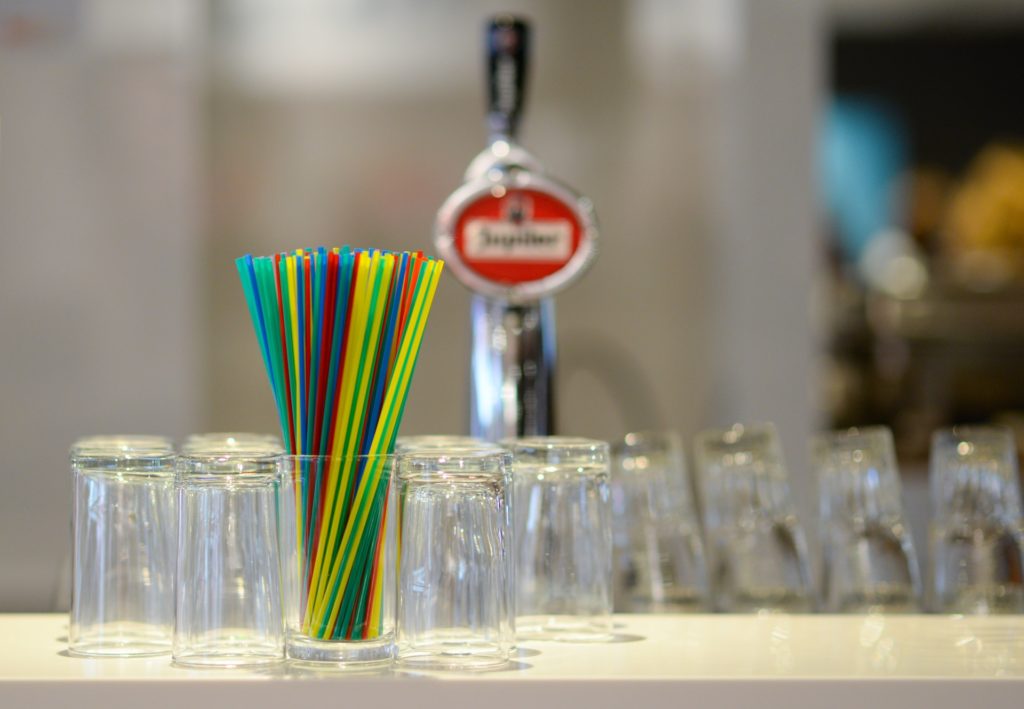
Like most commercial plastics, straws don’t degrade easily. But they’re so lightweight they tend to blow around and slip through most commercial plastic recycling facilities. So they end up in the wrong load (where they contaminate batches) or just get tossed out with the trash. By now we’ve all seen the video showing what happens when they end up in our oceans. Paper or reusable straws make much better alternatives, IF you need one.
5) Disposable paper cups may not be recyclable
Paper cups are a great, ocean-friendly alternative to plastic throw-away cups. But they are often lined with PET plastic. That means they can’t be recycled, because the materials can’t be separated. When you choose paper cups, check to see whether they look recyclable. If they’ve got plastic components, try to go with a recyclable or reusable alternative instead like bringing your own.
6) Our clothes are shedding plastic
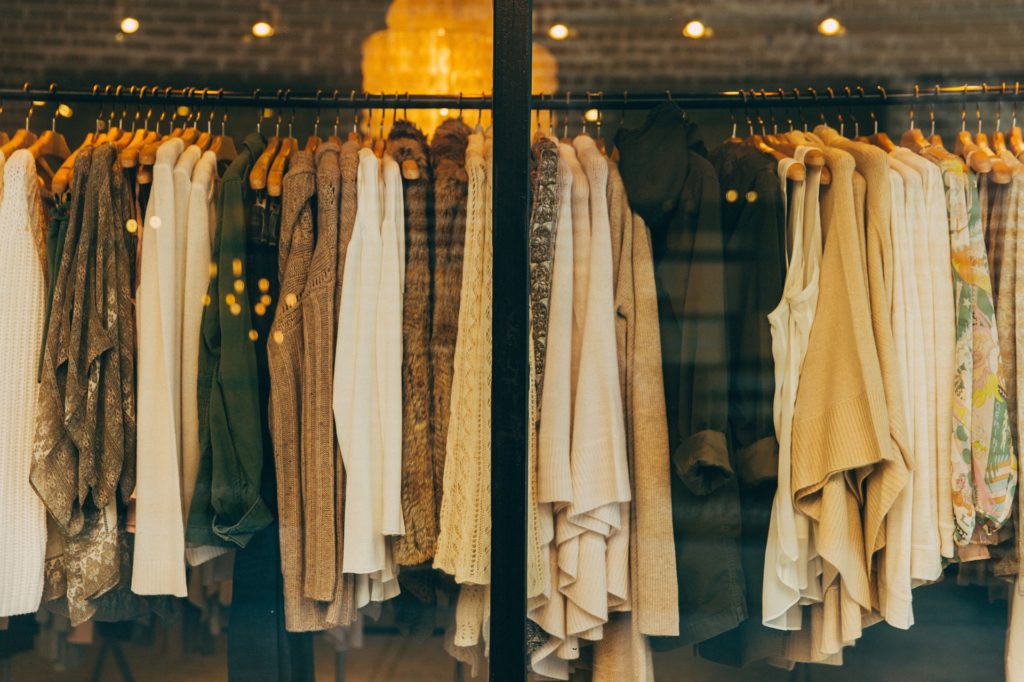
Microfiber is popular for a reason. It’s cheap, it has great drape and retains colors well, and it’s easy to launder. So naturally, we use it in everything from workout clothes and bathing suits to blankets and cleaning rags. Fast fashion has adopted it for street clothes, too. But did you know that every time you wash these fabrics, hundreds of millions of microfibers are washed out with rinse water? (That’s why cheaper fabrics can start looking threadbare after a few dozen washes.) Those tiny microfibers end up in our water processing systems, which capture between 65% and 92%, depending on where you live. The rest of that plastic ends up back in our waterways, and eventually in our oceans (or our drinking water!). Patagonia has some great suggestions for cutting down on microfiber waste.
Plastic is useful, helpful, and cheap. In some settings, like medical uses or certain hazardous environments, plastic is a practical and necessary material that saves lives. But we need to change our relationship with it, by focusing on the beneficial uses and eliminating the nonsense ones. Companies need to fully rethink their product design and development, and be responsible for their product after they have sold it by incorporating reuse in the product life cycle. As individuals and employees, we should choose sustainable alternatives to plastic whenever possible. See some great ideas on the National Geographic website.
When plastic is necessary, we should dispose of it properly, and recycle it wherever possible as often as possible. Once plastic reaches the end of its useful consumer life, we need to find ways to reuse it in long-term solutions (thus not apparel) as part of the circular economy, like the plastic roads being built in The Netherlands. This is the kind of creative, long-term thinking that will help us regenerate our environment, not just sustain it.
Plastic Pollution FAQs
Q1. How is plastic causing pollution?
A1. Plastic pollution is caused by the improper disposal and accumulation of plastic waste in the environment. Plastics do not easily decompose and can persist for hundreds of years, leading to pollution of land, water bodies, and ecosystems.
Q2. What are the 5 causes of plastic pollution?
A2. Five common causes of plastic pollution are:
- Single-use plastics: Widespread use and improper disposal of single-use items like plastic bags, bottles, and packaging.
- Inadequate waste management: Insufficient recycling infrastructure and ineffective waste management systems.
- Littering and illegal dumping: Improper disposal of plastic waste, often due to lack of awareness or negligence.
- Microplastics from synthetic fibers: Shedding of microplastic particles from synthetic clothing during washing.
- Plastic production and packaging: Increased production of plastic goods and excessive packaging contribute to plastic pollution.
Q3. What is plastic pollution called?
A3. Plastic pollution is sometimes referred to as “plastification” or “plastic contamination” of the environment. It is the presence and accumulation of plastic waste in ecosystems, causing adverse effects on wildlife, habitats, and human health.
Q4. How is plastic destroying our environment?
A4. Plastic is destroying our environment through various detrimental impacts:
- Wildlife harm: Marine and terrestrial animals can ingest or become entangled in plastic, leading to injuries, suffocation, and death.
- Habitat degradation: Accumulated plastic waste disrupts natural habitats, affecting ecosystems and biodiversity.
- Water pollution: Plastics contaminate water bodies, affecting marine life, and entering the food chain.
- Land pollution: Improper disposal of plastic waste pollutes the land, harming soil quality and affecting plant growth.
- Climate change contribution: The production and incineration of plastic contribute to greenhouse gas emissions, exacerbating climate change.


